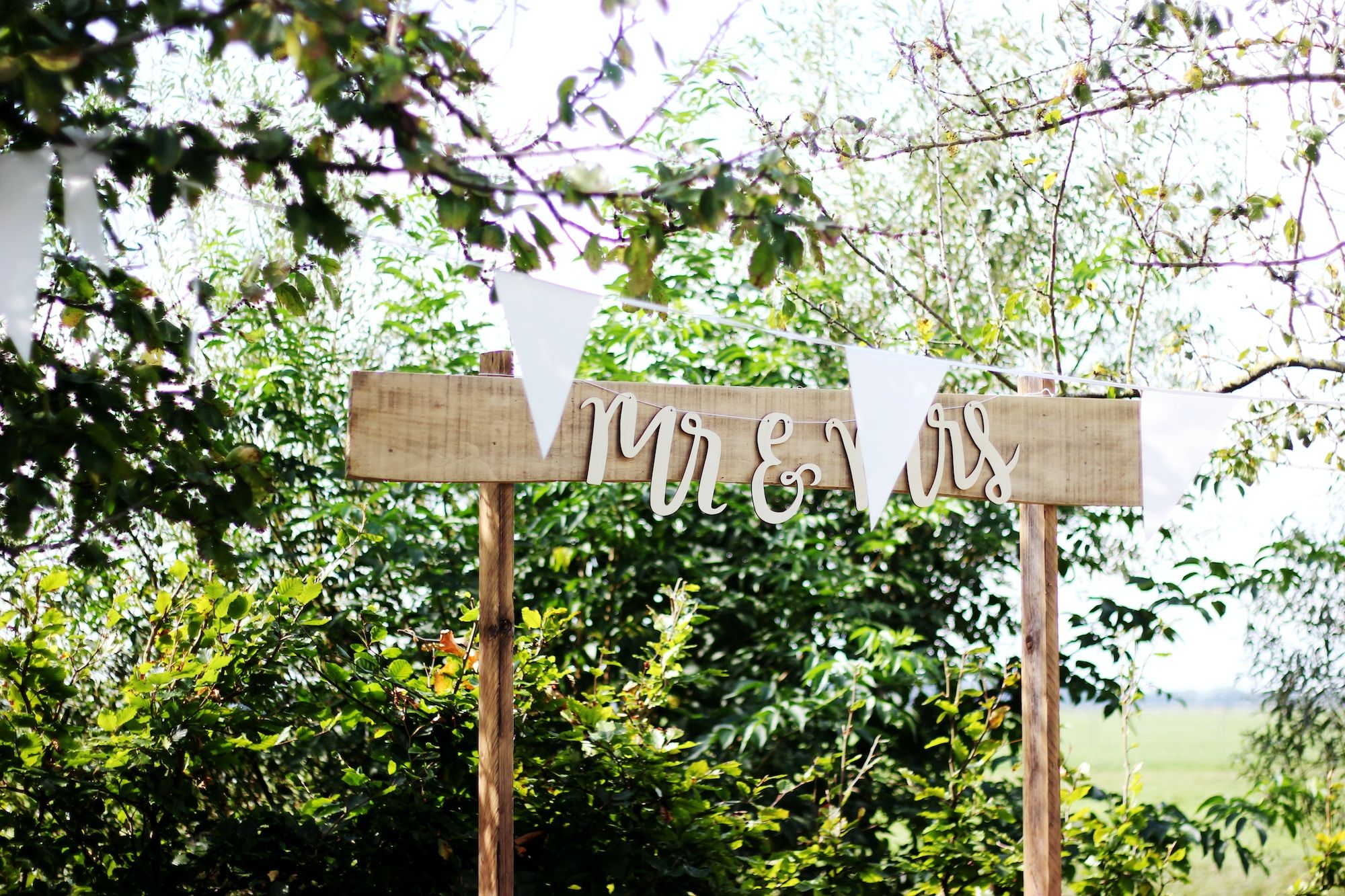Unravelling the Origins: Where Does the Phrase "Tying the Knot" Originate?

Have you ever wondered where the phrase "tying the knot" comes from? This popular expression referring to the act of getting married has an intriguing history that dates back centuries.
The phrase "tying the knot" finds its roots in the ancient Celtic customs and rituals surrounding marriage. In these ancient societies, the act of physically tying the hands of the bride and groom together symbolised their commitment and unity. This ritual, known as handfasting, was a significant part of the marriage ceremony and signified the couple's willingness to be bound to each other for life.
Handfasting ceremonies were often conducted by the village elder or a religious figure, with the couple's hands being tied together using ribbons or cords. This act represented the joining of their lives and the creation of a strong bond that could not easily be broken. The knot formed by the tied hands was seen as a symbol of the everlasting nature of their union.
The Symbolism behind "Tying the Knot"
The act of physically tying the knot during marriage ceremonies held deep symbolic meaning for the ancient Celts. The knot represented the intertwining of the couple's lives and the unity that they would experience as they embarked on their journey together. It symbolised the strength and permanence of their bond, with the tied knot serving as a visual representation of their commitment to one another.
Furthermore, the knot's shape was significant in Celtic culture. The intricate patterns and interwoven designs of Celtic knots were believed to bring good luck and ward off evil spirits. By incorporating these intricate knots into the handfasting ceremony, the couple sought to ensure a harmonious and blessed union.
Cultural Variations of the Phrase
While the phrase "tying the knot" may have originated from ancient Celtic traditions, variations of this expression can be found in numerous cultures across the globe. In Hindu weddings, for example, couples often participate in a ceremony called "knot-tying," known as "Gath Bandhan." During this ritual, the bride and groom's garments are tied together as a symbol of their union.
In African cultures, the tradition of "jumping the broom" is a common practice during wedding ceremonies. The couple literally jumps over a broomstick, which is placed on the ground, to symbolise their entrance into a new chapter of their lives together. This act can be seen as a metaphorical way of "tying the knot" and uniting the couple.
Similar Phrases in Different Languages
The phrase "tying the knot" may have its origins in English, but similar expressions can be found in various languages around the world. In Spanish, for example, the phrase "atar el nudo" translates to "tying the knot" and is used to refer to marriage. Similarly, in French, the phrase "passer la bague au doigt" translates to "passing the ring on the finger" and is commonly used to describe the act of getting married.
These linguistic similarities highlight the universal nature of the concept of "tying the knot" and the significance it holds in different cultures. Regardless of language, the expression serves as a powerful symbol of commitment and union.


The Phrase's Relevance in Modern Weddings
Despite its ancient origins, the phrase "tying the knot" remains relevant in modern weddings. Many couples incorporate elements of handfasting into their ceremonies as a way to pay homage to the past and add a unique touch to their special day. The act of physically tying a knot during the ceremony serves as a powerful symbol of the couple's commitment to one another and their willingness to navigate the journey of marriage together.
Fun Facts and Trivia about "Tying the Knot"
-
The phrase "tying the knot" was first recorded in print in the early 17th century in a book titled "The History of Four-footed Beasts and Serpents" by Edward Topsell.
-
In some cultures, the knot tied during the wedding ceremony is preserved and later used to bind the couple's hands together during the birth of their first child.
-
The term "handfasting" is still used today to describe a type of non-legal commitment ceremony, often performed by pagan or Wiccan couples.
Conclusion: The Enduring Legacy of the Phrase "Tying the Knot"
The phrase "tying the knot" holds a rich history that can be traced back to ancient Celtic traditions. Its cultural significance as a symbol of commitment and union has transcended time and continues to resonate in modern weddings around the world. By understanding the origins and symbolism of this phrase, we gain a deeper appreciation for the customs and rituals surrounding marriage throughout history. So, the next time you hear someone mention "tying the knot," you'll know that it carries with it a legacy that spans centuries, symbolising the everlasting bond between two individuals as they embark on the journey of marriage.

Comments